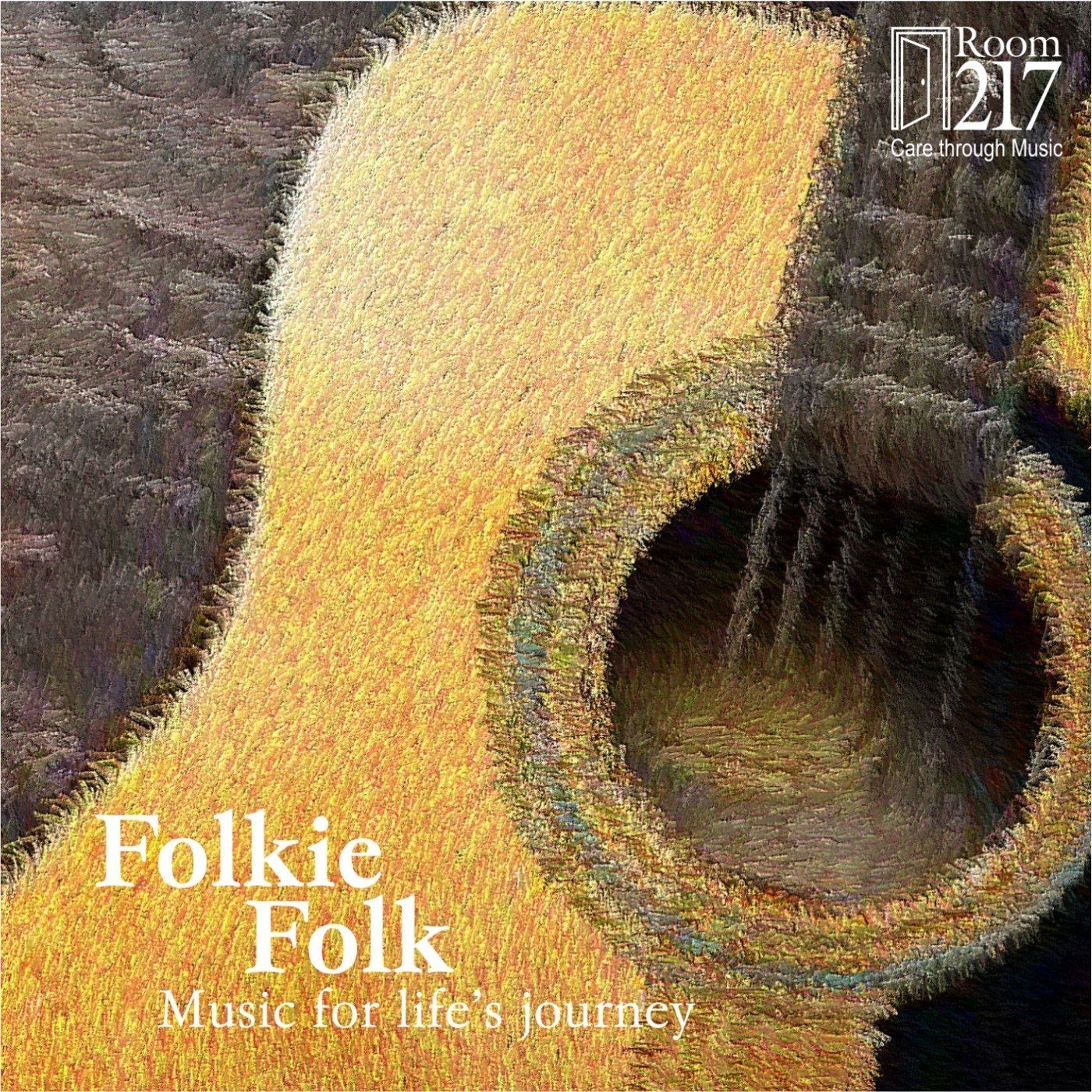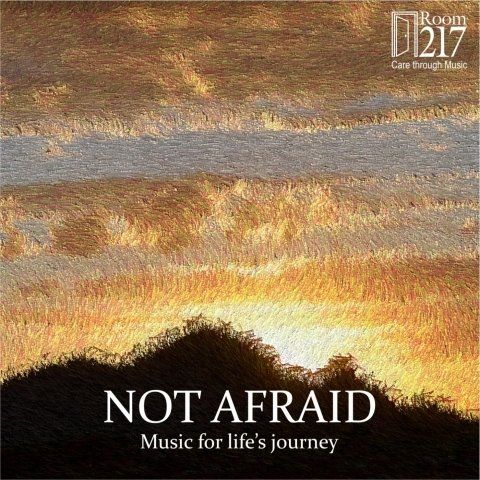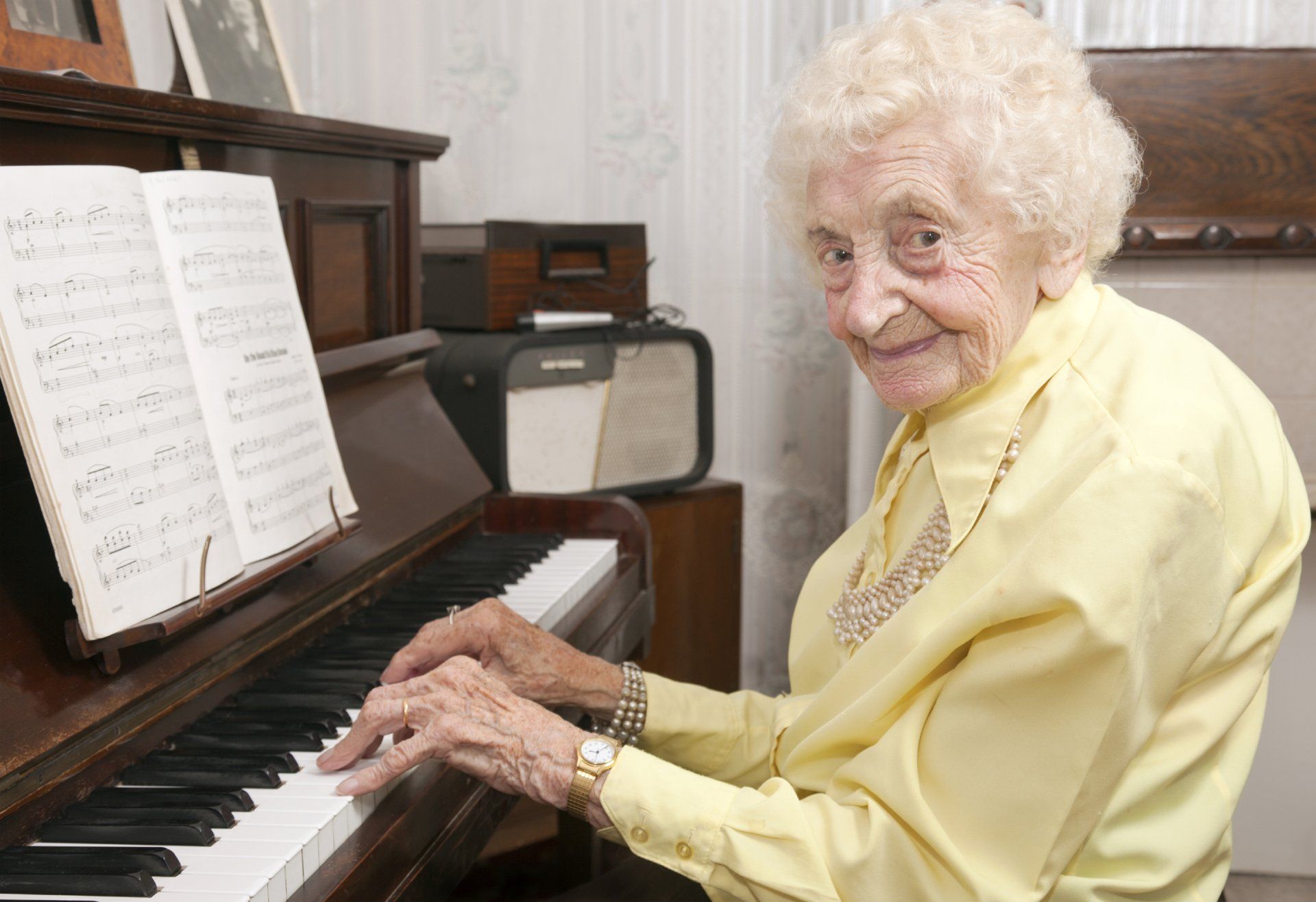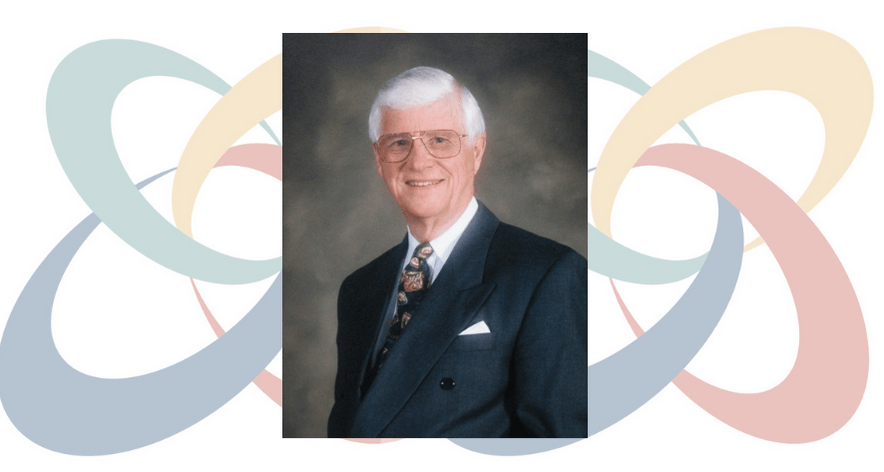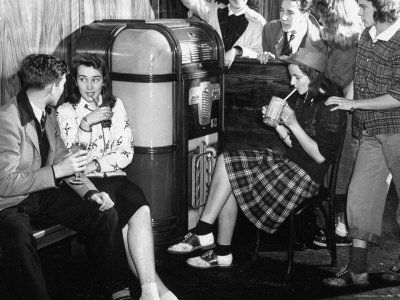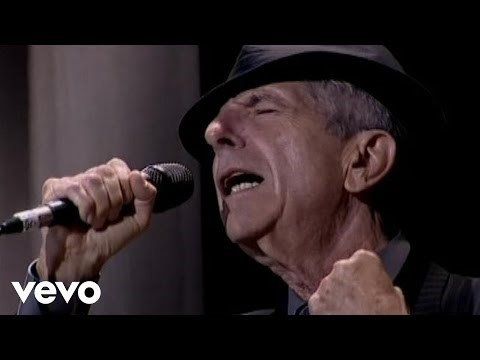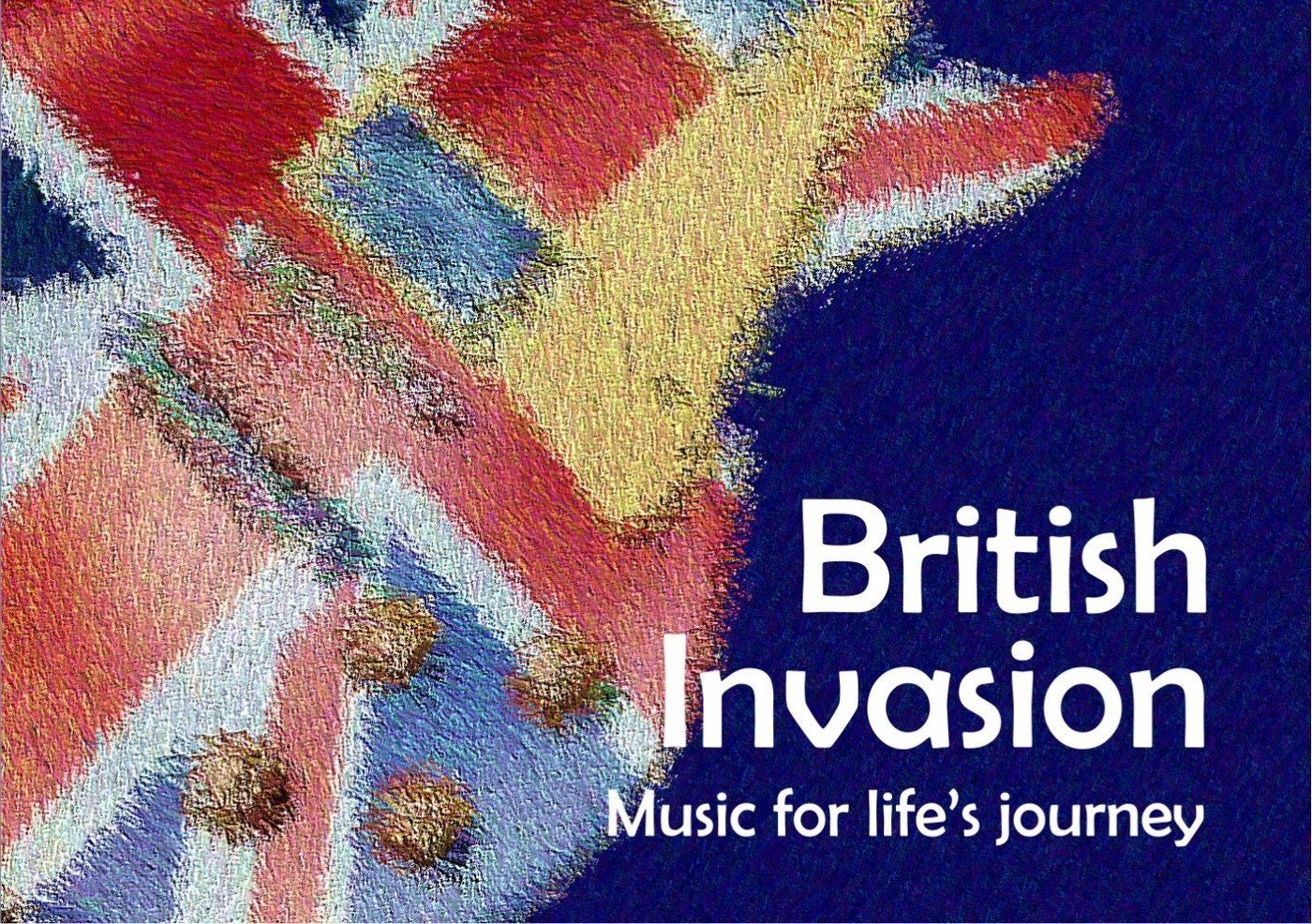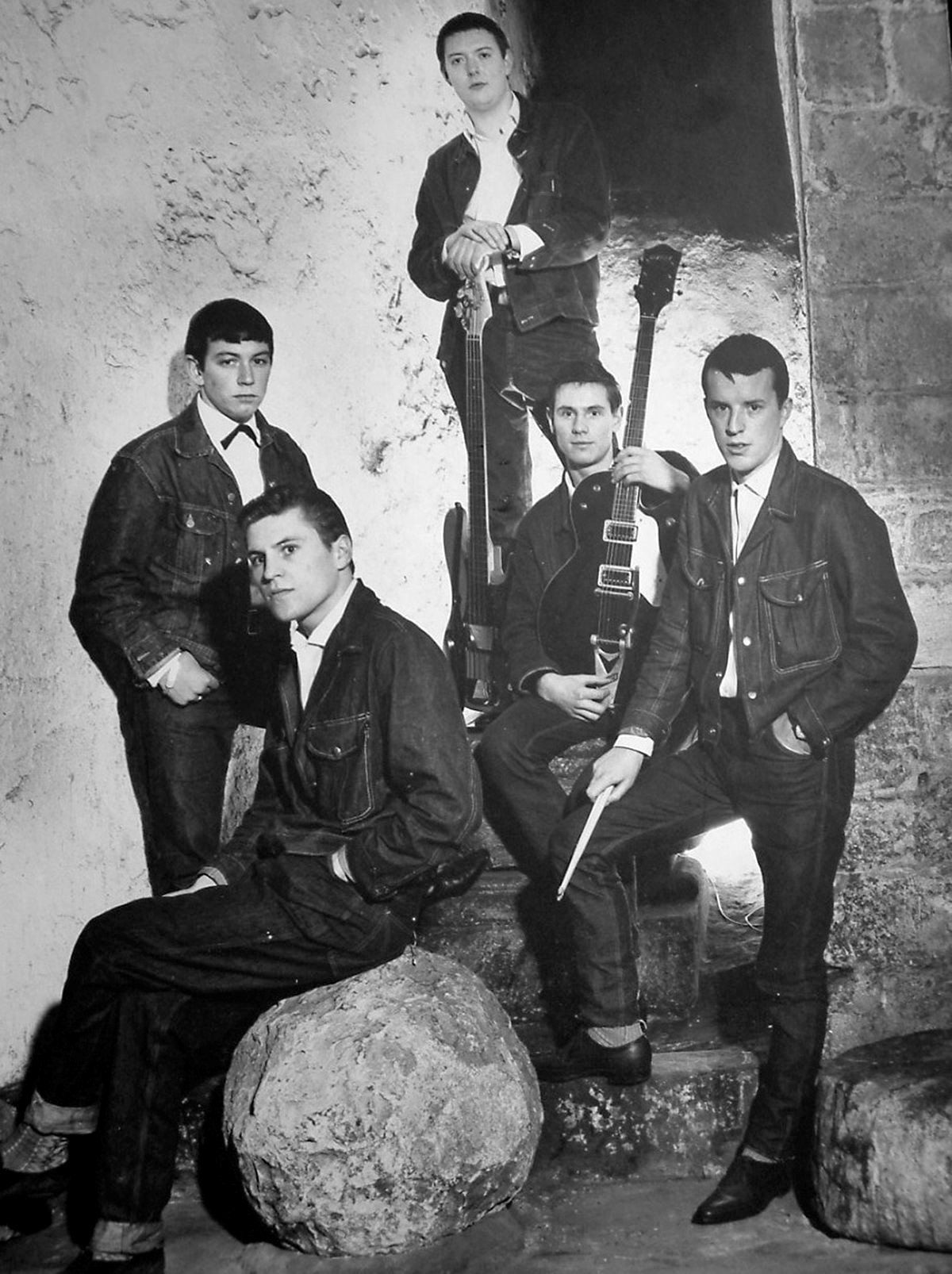Music Therapy Awareness Month
March is Music Therapy Awareness Month!
The Canadian Association of Music Therapy (CAMT) defines music therapy as “a discipline in which Certified Music Therapists (MTAs) use music purposefully within therapeutic relationships to support development, health, and well-being. Music therapists use music safely and ethically to address human needs within cognitive, communicative, emotional, musical, physical, social and spiritual domains.”
Basically, music therapists use music to address non-musical goals. Here are some examples of goals and music therapy interventions within the seven domains of music therapy:
1. Cognitive
The cognitive domain addresses goals such as attention, executive function and memory. A music therapist might create a musical mnemonic with an older adult to remember important information about their surroundings. With all ages, using the drum to repeat rhythmic patterns can address different attention skills such as sustained attention. Creating a musical composition can also address executive function skills such as planning and decision making.
2. Communicative
The communicative domain addresses goals such as non-verbal and verbal communication, interpreting facial expressions, developmentally appropriate conversational skills and producing different consonant and vowel sounds. A music therapist might target oral motor skills by singing and playing instruments like a harmonica or kazoo. Improvisational instrument playing can also be used to act out call and response. For older adults with dementia, fill in the blanks can be placed at the end of familiar songs to stimulate speech.
3. Emotional
The emotional domain addresses goals such as identifying and expressing emotions, self-regulation, and managing symptoms of anxiety and depression. A music therapist might use live or recorded music in a lyric analysis to talk about feelings related to loneliness and depression. Song writing with original or pre-composed music and improvisational instrument playing is also a great way to express oneself!
4. Musical
The musical domain addresses goals such as keeping a steady beat, learning to read music and learning to sing or play musical instruments. In an adaptive lesson musical skills are the primary goal and secondary goals might include improved motor skills or self-esteem. A music therapist might use an adaptive lesson to teach a child with a neurodevelopmental disorder how to play the piano.
5. Physical
The physical domain addresses goals such as fine and gross motor movement, balance, coordination, range of motion, strength and endurance. A music therapist might use the metronome and live or recorded music to help someone retrain their gait post-stroke. Children can also practice crossing the midline and improving range of motion by playing the drums. The piano is also an effective tool to work on fine motor skills through isolation exercises.
6. Social
The social domain addresses goals such as turn taking, making eye contact, interacting with peers and participating in group discussions. A music therapist might use improvisational instrument playing with children to practice turn taking. Lyric analysis and song writing can also encourage participation among peers!
7. Spiritual
The spiritual domain addresses goals such as sense of self and one's relationship to their beliefs. A music therapist might encourage improvisational instrument playing to explore identity. Singing and analyzing songs about our faith can also strengthen our relationship with others.
Everyone can find success in music therapy because we all have natural musical tendencies that music therapists can draw on to help us with our personal goals.


